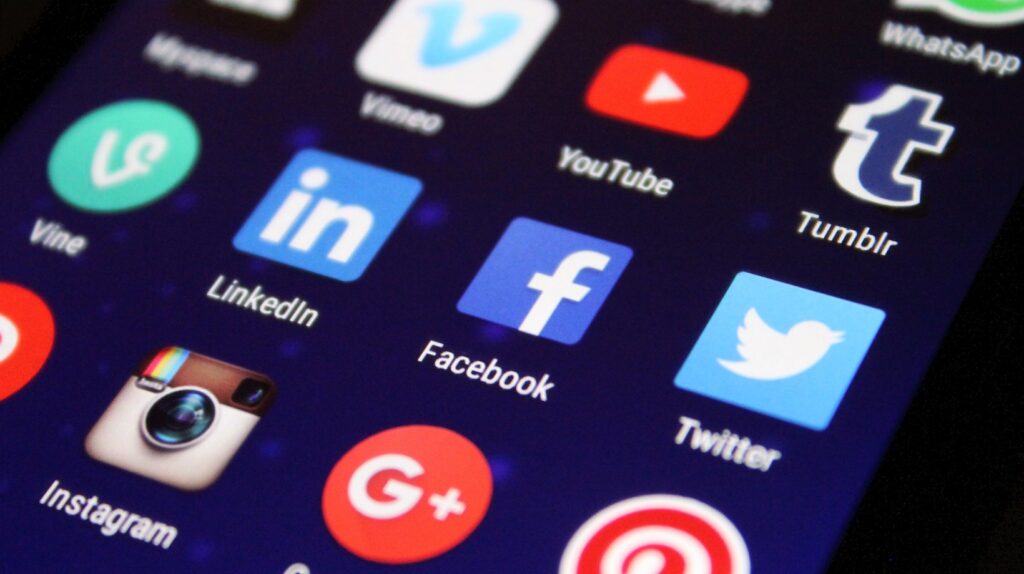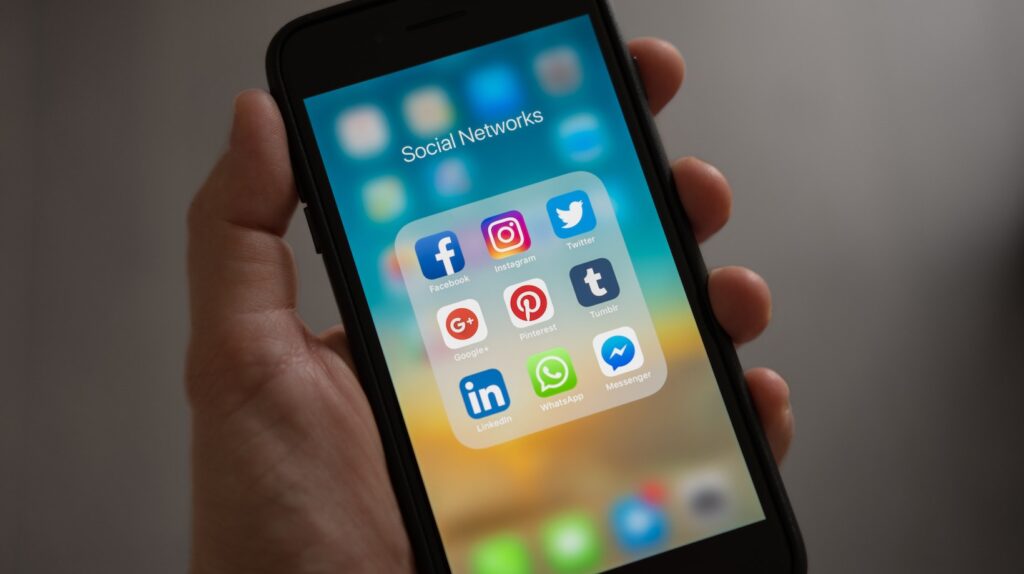
Understanding Twitter’s Timeline Algorithm
Navigating Twitter can seem like a bit of a mystery. It’s not always clear what tweets your followers will see and when they’ll see them. Understanding the timeline algorithm helps us demystify this process.
Firstly, it’s important to note that Twitter uses an algorithm to determine which tweets appear in each user’s timeline. This isn’t as simple as showing users every tweet from everyone they follow, in chronological order. Instead, the algorithm takes into account several factors including:
- The tweet’s relevance: Is it something the user would be interested in? The more likely a user is to engage with a tweet (like, retweet or click on), the higher it ranks.
- The timeliness of the tweet: How recent is it? Tweets that have been posted recently tend to rank higher than older ones.
- The relationship between the user and the person tweeting: Does the user often interact with this person? Tweets from people users interact with regularly are given priority.
Now you might ask if liking a tweet makes it appear on your followers’ timeline. Well, yes and no! When you like a tweet, there’s a chance that Twitter might show this activity to your followers but there’s no guarantee.

If I Like a Tweet, Will It Appear on My Followers’ Timeline
Let’s delve into the specifics of how liking a tweet can impact your Twitter activity. When you like a tweet, it does more than just show your appreciation for that particular post. It’s also a way to engage with others on the platform and to curate content that’s relevant to you.
One significant aspect is that when you like a tweet, it doesn’t necessarily appear directly on your followers’ timelines. Instead, Twitter may occasionally display tweets in their feed under an “X liked” label. This means they’re seeing what you’ve interacted with, but not every single time you hit that heart button. In terms of visibility, here are some key points:
- Your likes aren’t as publicly prominent as retweets or replies.
- They can be seen if someone visits your profile and clicks on the ‘Likes’ tab.
- If someone follows both you and the person whose tweet you liked, they might see it in their timeline.
It’s also worth noting that ‘liking’ plays a part in Twitter’s algorithmic function. The tweets we choose to like can impact which posts get suggested to us in our ‘Explore’ section. So while likes may not have as direct an effect on our follower’s feeds as retweets do, they still indirectly shape our overall experience on this social media platform.
Remember – it’s all about interaction! A ‘like’ isn’t just a passive act; it contributes to the dynamic ecosystem of ideas and conversations happening all over Twitter at any given moment.
Does ‘Like’ Equal Share
So, you’ve found a tweet that resonates with you. You hit that little heart icon and then wonder, “Have I just shared this to my followers?” Let’s clear up this confusion.
On the surface, it seems like a simple enough question. However, Twitter’s algorithm and etiquette can be quite nuanced. When you ‘like’ a tweet, it doesn’t immediately appear on your followers’ timeline. Instead, the platform uses a complex system of algorithms to determine what shows up in each user’s feed.
Why is this significant? Well, because it means that not all tweets you like will be visible to your followers – only those that Twitter’s algorithm determines are relevant or interesting to them. On one hand, this ensures people aren’t swamped by every single action their followings make. On the other hand, it might mean some of your interactions remain unseen by many of your followers.
In essence, while liking a tweet does not equate to sharing it directly with all your followers as retweeting does; however, there still remains an indirect way for some of your likes to reach certain parts of your audience. As we navigate through our digital presence online – especially on platforms such as Twitter – understanding these nuances helps us use these tools more effectively and responsibly.

 By
By 


